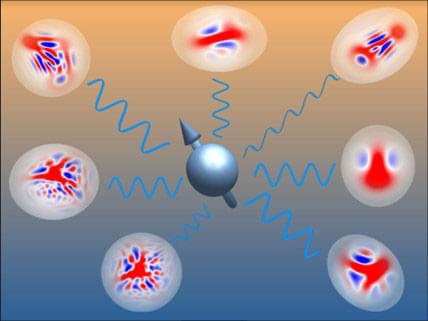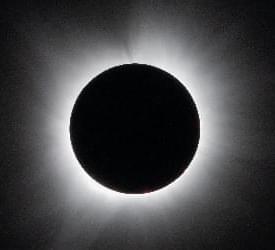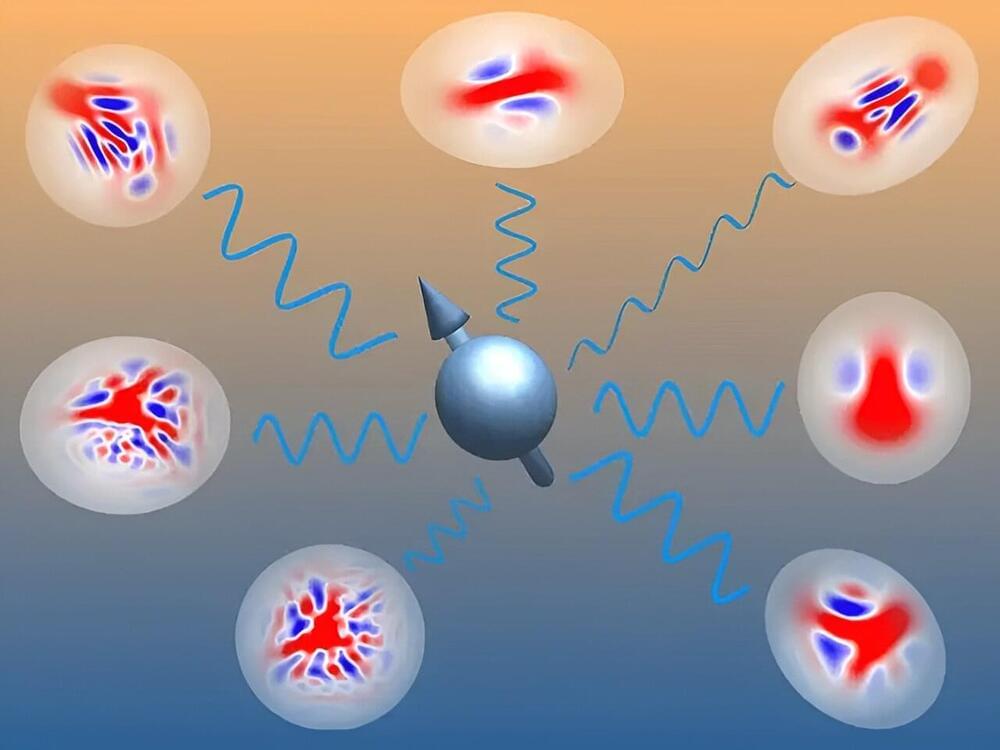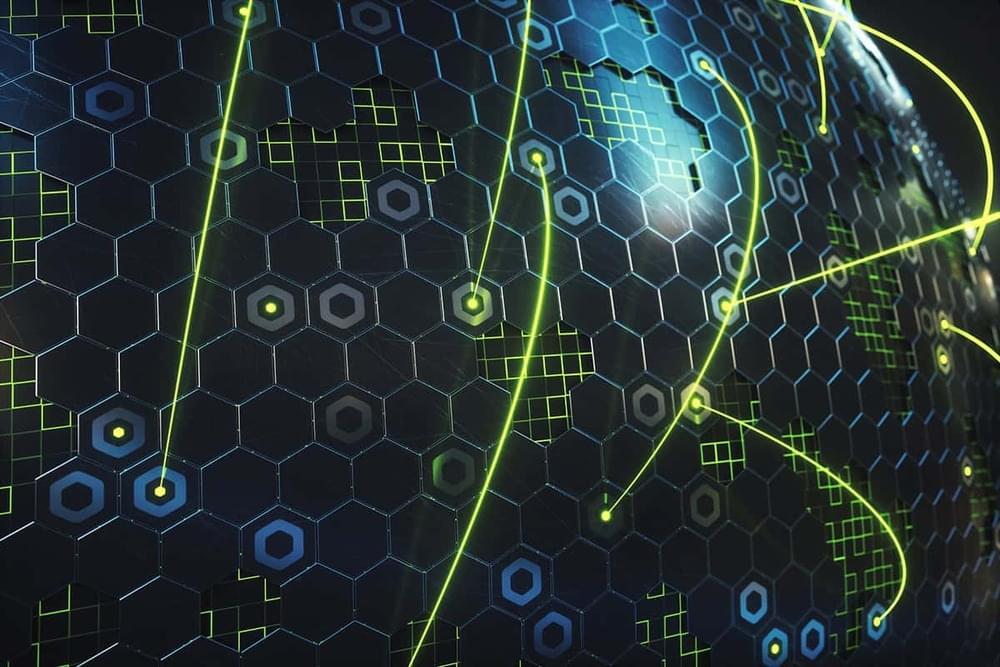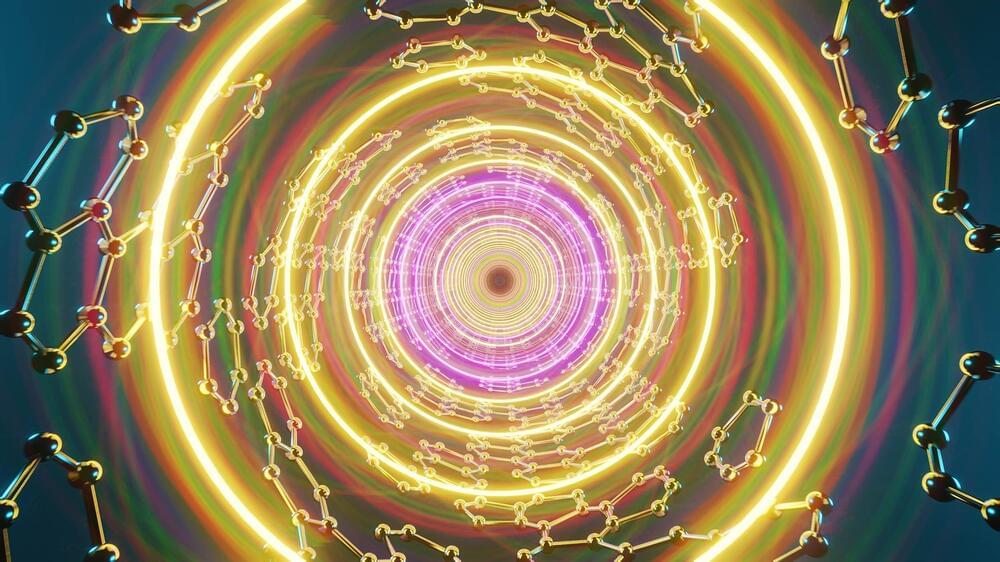Many of today’s quantum devices rely on collections of qubits, also called spins. These quantum bits have only two energy levels, the ‘0’ and the ‘1’. However, unlike classical bits, qubits can exist in superpositions, meaning they can simultaneously be in a combination of the ‘0’ and ‘1’ states. Spins in real devices also interact with light and vibrations known as bosons, greatly complicating calculations.
In a new publication in Physical Review Letters (“Fast quantum state preparation and bath dynamics using non-Gaussian variational Ansatz and quantum optimal control”), researchers in Amsterdam demonstrate a way to describe spin-boson systems and use this to efficiently configure quantum devices in a desired state.
Quantum devices use the quirky behaviour of quantum particles to perform tasks that go beyond what ‘classical’ machines can do, including quantum computing, simulation, quantum sensing, quantum communication and quantum metrology. These devices can take many forms, such as a collection of superconducting circuits, or a lattice of atoms or ions held in place by lasers or electric fields.
